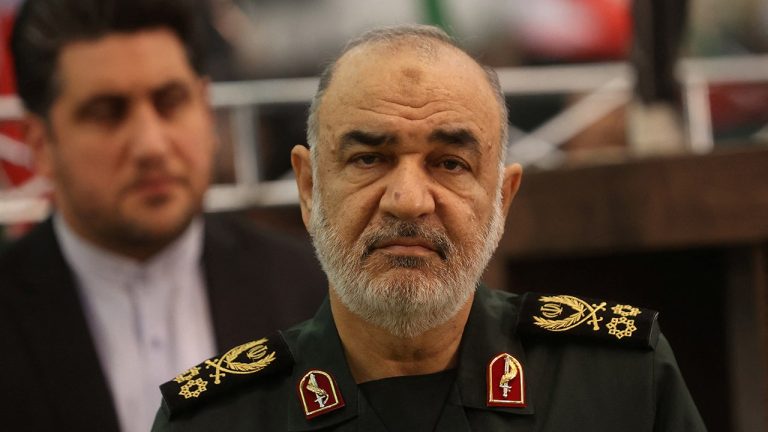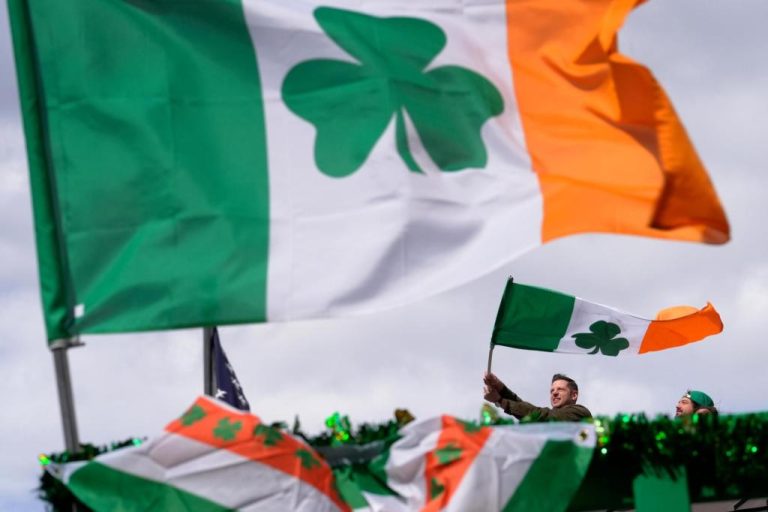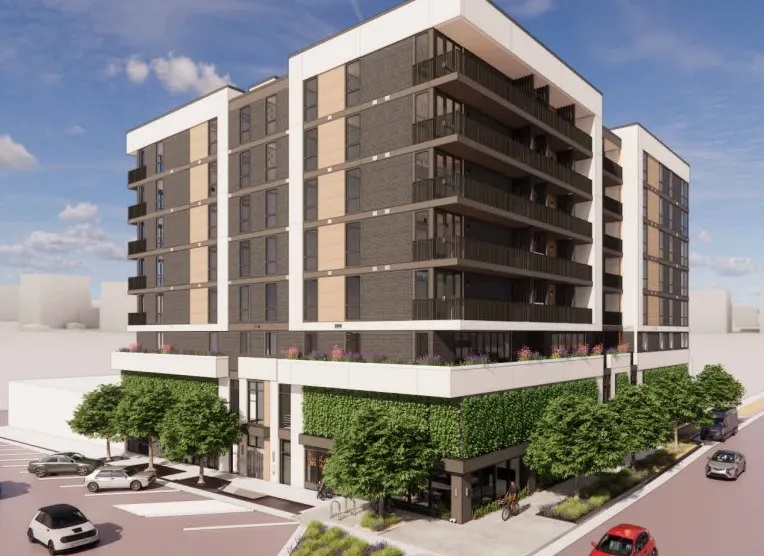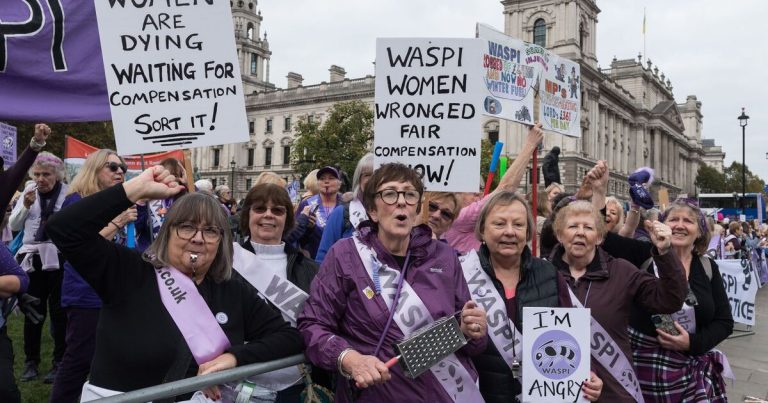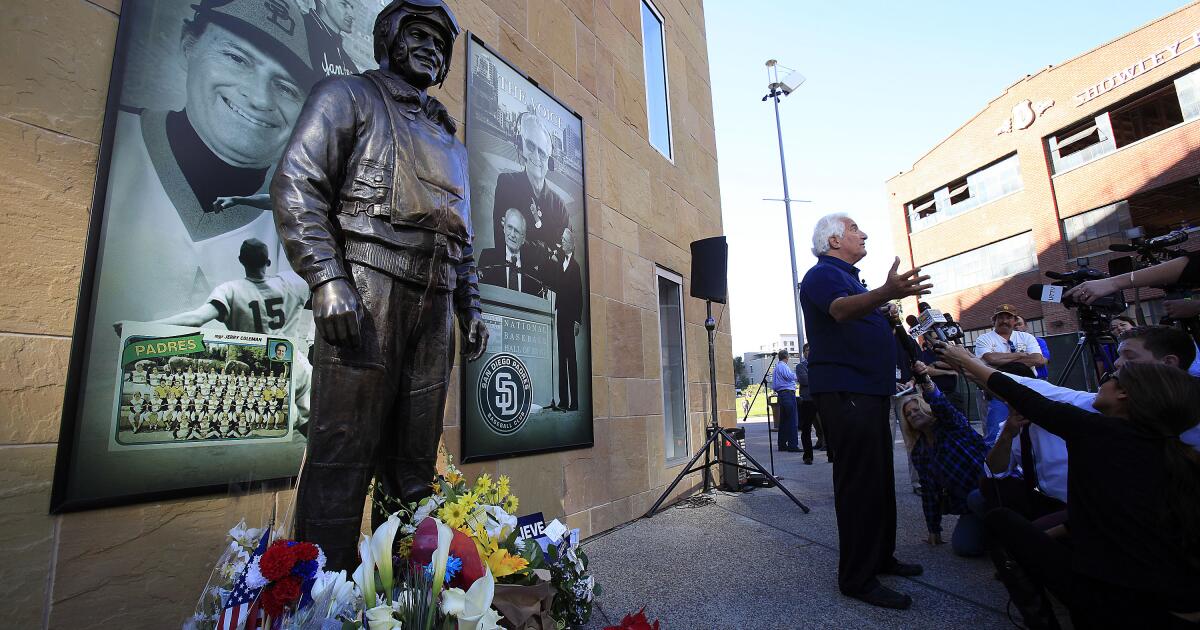
Swabbies called it “Dago.”
San Diego has been known as a Navy town for more than a 100 years.
Sprawling Naval Base San Diego at 32nd Street modestly began as a small destroyer squadron in 1922. The following year, the Naval Training Center and Marine Corps Recruit Depot opened.
The Hollywood Stars baseball team relocated to San Diego in 1936 and were renamed the Padres. Playing at Lane Field, they shared the waterfront with the Navy.
Coincidentally, Lane Field had been previously known as Navy Field. Naval vessels were docked along the harbor and sailors could walk to Lane Field. If they were in uniform, Saturday admission was free. Sometimes the young sailors had to crawl back to their ships. Identifications were not checked closely and the wooden ballpark became the biggest bar on Broadway.
The military’s presence exploded during World War II. Pedestrians in uniform far outnumbered civilians in downtown San Diego during the war.
Termites were dining on Lane Field, so in 1958, the Padres built Westgate Park in Mission Valley. Service personnel could watch a game for only “six bits,” but public transportation was not easily accessible.
San Diego was awarded a major league franchise in 1969. The team moved upriver to San Diego Stadium and quickly sank to the bottom of National League standings.
In those early years of sparse attendance, comic relief was provided by Marine helicopter pilot Jim Eakle and his friends who serenaded the empty ballpark as “Tuba Man and McNamara’s Band,” named after likable 1970s Padres manager John McNamara.
In 1995, the San Diego Padres were the first professional sports team to establish a Military Affairs department. The Padres became known as “The Team of the Military.” Former POW and Navy pilot Captain Jack Ensch was appointed to head what was originally known as their military marketing department.
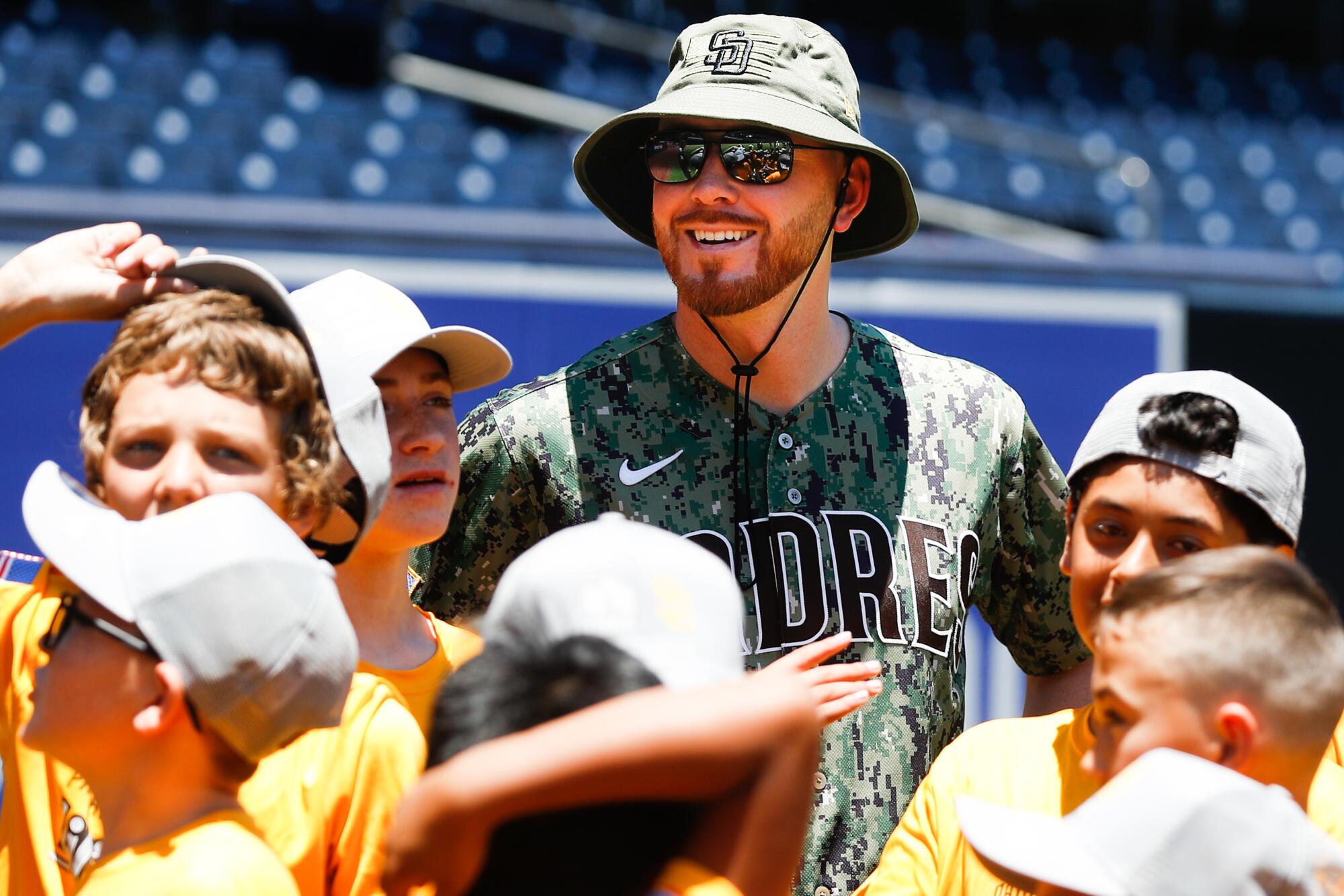
Padres pitcher Steven Wilson chats with kids during USAA’s Salute to Service Lil’ MVPs Baseball Camp at Petco Park on July 6.
(Meg McLaughlin/The San Diego Union-Tribune)
Padres Senior Vice President of Community & Military Affairs Tom Seidler said: “As the team of the military, we take great pride in honoring and supporting the brave men and women that have served our country. Whether it be through our activations at Petco Park like the Viasat Wall of Honor and Military Sundays or working with local charities to support enlisted families and veterans in need, the Padres will continue to pay tribute to the legacy between Major League Baseball and the United States military.”
Young Marines from MCRD were first invited to Sunday games in 1996. The Padres began wearing camouflage jerseys for special events in 2000. The “cammie tops” became staples of Military Sunday in 2007. All service branches were honored. The upper deck outside the right field foul line is now filled with recent graduates from the Marine Corps Recruit Depot.
In 2007, a large model of the USS Midway and wall display with the names of Major League Baseball players who served their country were added to the Power Alley on the main concourse beneath the right field grandstand. A permanent tribute to honor Army Private Manuel “Nay” Hernandez, the only Padres player killed in combat during WWII, went on display in 2010.
In 2012, the Padres dedicated a bronze statue for longtime team broadcaster and short-time manager Jerry Coleman. Affectionately known as “The Colonel,” Coleman was a decorated Marine fighter pilot during WWII and Korea and is depicted in his statue wearing a flight suit.
Active military personnel and their families currently comprise 7.6% of San Diego County’s population. More than 360,000 jobs are directly or indirectly linked to $56 billion in annual defense spending which accounts for a quarter of the region’s economy.

The Viasat Military Hall of Honor at Petco Park.
(Tom Larwin)
In April 2022, the Padres and Carlsbad communication company Viasat unveiled the Military Hall of Honor at Petco Park. Navy Captain Johnny Nilsen was appointed Military Affairs Advisor in April 2023. The former West Virginia University baseball player contacted the local SABR (Society for American Baseball Research) chapter to request help finding all previous Padre players with military service.
It became major project. SABR president Tom Larwin and his team of researchers were surprised to discover 331 former Padres who served.
The most famous is San Diego’s native son, Ted Williams, who, like Coleman, was a Marine pilot during WWII and Korea. Williams said the two things he was most proud of in his life were “being a Marine and being in the Hall of Fame.”
PCL Hall of Fame outfielder Earl Rapp was an Army sergeant during WWII. In 1945, he received a Silver Star and Purple Heart during combat at the Colmar Pocket in France. Cletus “Boots” Poffenberger appeared on a Marine Corps recruiting poster. Army paratrooper Eddie Kazak was severely wounded during the D-Day landing. After numerous operations and 18 months hospitalization, doctors told him he would never play baseball again. In 1949, he was the National Leagues starting third baseman in the All-Star game. Kazak played for the Padres from 1955 through 1958.

In this photo provided by the U.S. Navy, aviation cadets Ted Williams, left, and Johnny Pesky, center, are welcomed at Bunker Hill, Ind., by Capt. D.D. Gurley, USNR, commanding officer of Bunker Hill Naval Air Station, as the two begin their primary flight training on Sept. 14, 1943. Williams and Pesky ran one-two in 1942 American League batting averages with the Boston Red Sox. (AP Photo/U.S. Navy)
(Uncredited / Associated Press)
Padres players with military service can be traced back to 1918. Their first player/manager, Frank Shellenback, enlisted in the Army flying corps during the First World War while pitching for the Chicago White Sox. Subsequent PCL Padre managers Del Baker and Lefty O’Doul both served in the Navy during WWI.
Compulsory military service terminated in 1973. In total, 280 Pacific Coast League Padres served, primarily during WWII. 51 Major League Padres also served in the military. The most recent Padres player with military service was USAFR First Lieutenant Jason Szuminski in 2004.
On this Veterans Day, we salute the 331 Padres players who served in the armed forces. Military service has always been part of the team’s DNA.
Baseball historian Bill Swank is the leading expert on early San Diego baseball, including the Lane Field Era (1936-57). He has authored and co-authored six books on San Diego baseball.

